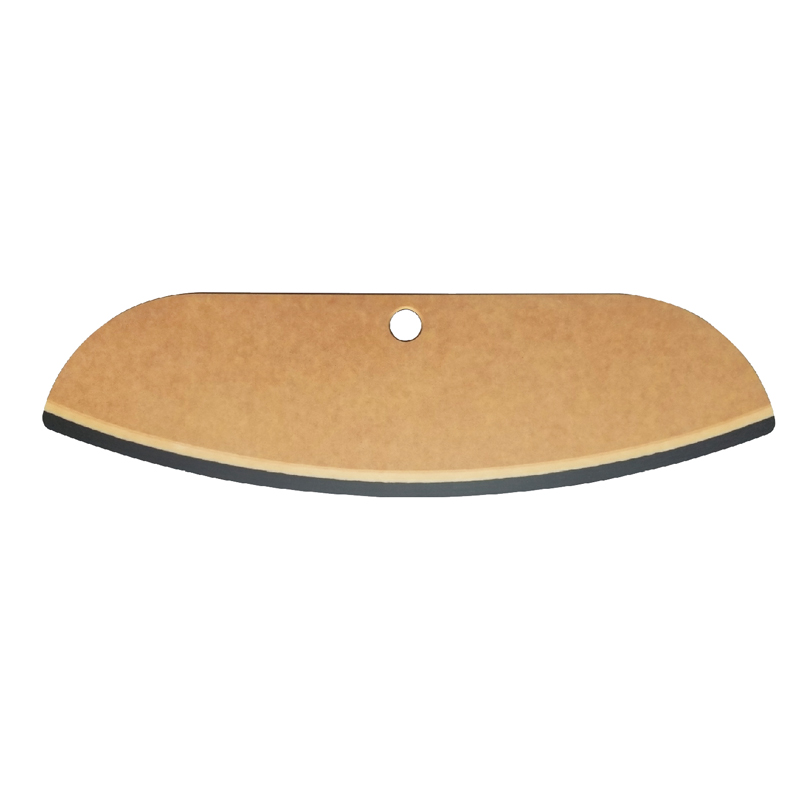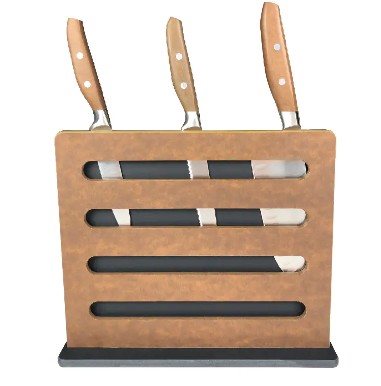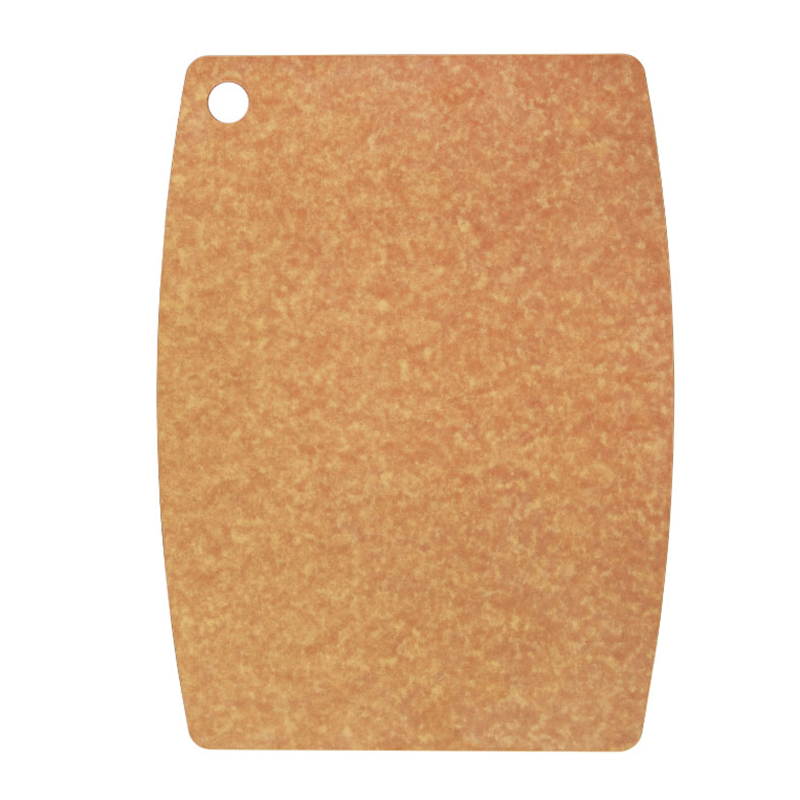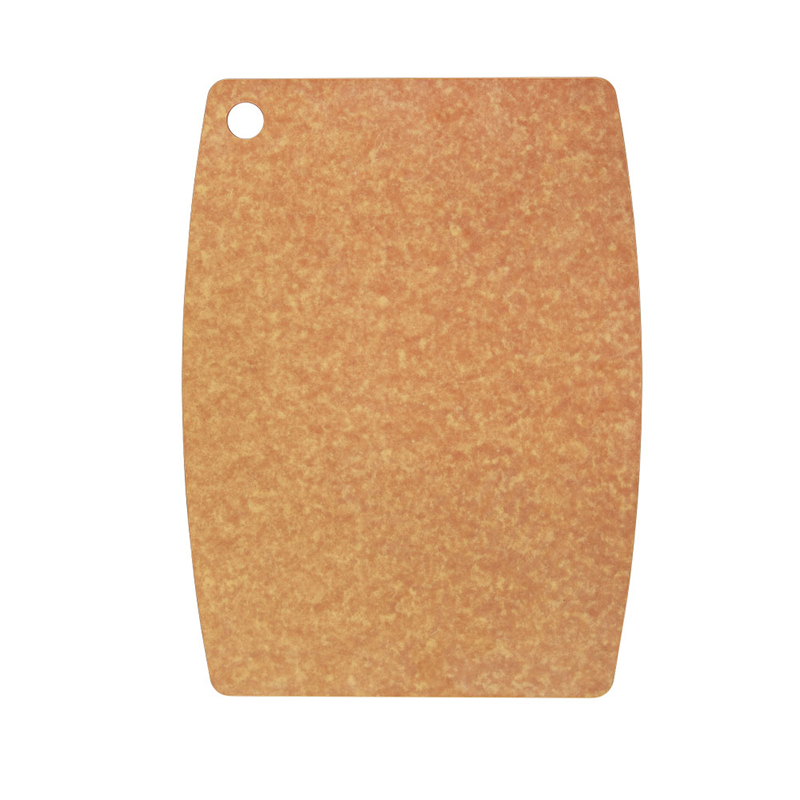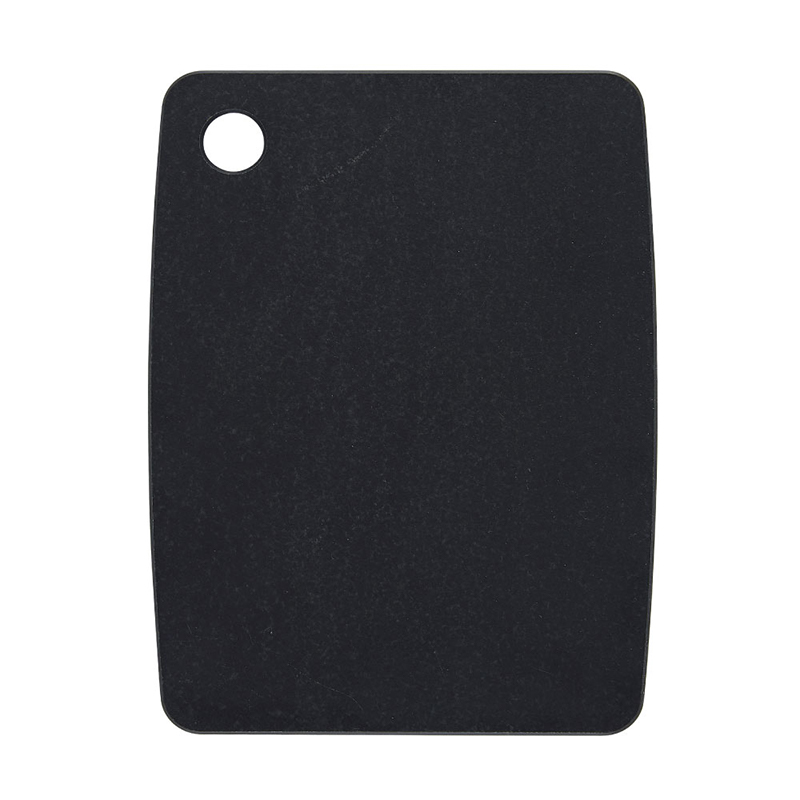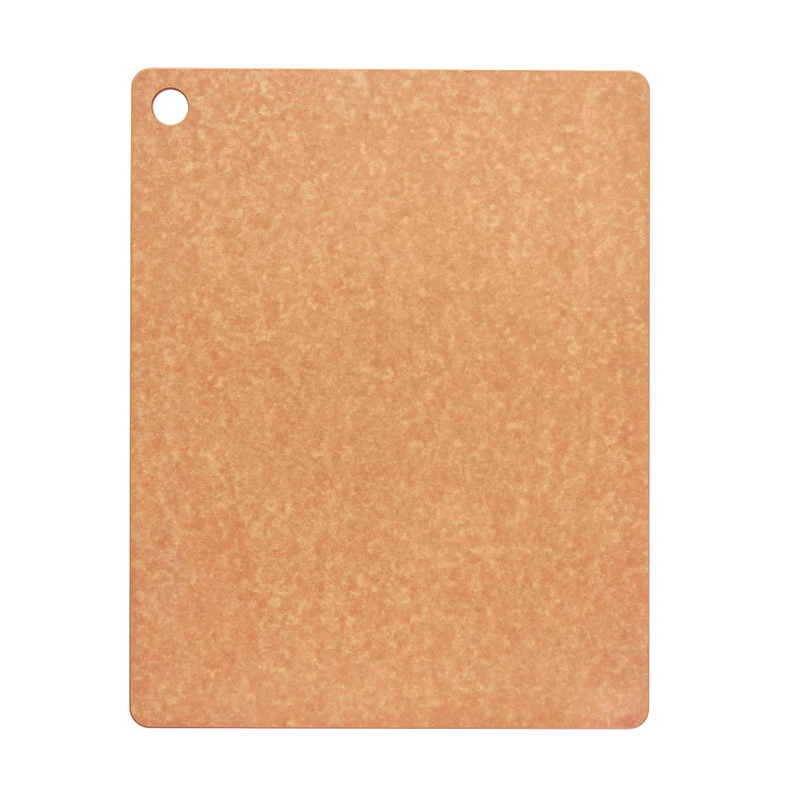-
Wood Fiber Cutting Board: A Sustainable Choice for Modern Kitchens
The wood fiber cutting board stands out as a practical and eco-conscious alternative to conventional cutting surfaces. Made from compressed wood fibers and food-safe resins, this type of cutting board offers a smooth, durable, and easy-to-maintain surface suitable for both professional and home cooking environments.
Material Composition and Manufacturing
Wood fiber cutting boards are produced using fine wood fibers—often derived from sustainably managed sources—combined with non-toxic resins under heat and pressure. This process results in a dense, uniform material with a non-porous surface that resists moisture absorption and smalls bacterial buildup.
Unlike traditional wooden boards that require regular oiling, wood fiber boards maintain their integrity without much maintenance. The high-pressure bonding technique ensures stability and durability while reducing the use of virgin wood materials. This efficient production process contributes to resource conservation and long-lasting product performance.
Functional Advantages in Everyday Use
A key benefit of wood fiber cutting boards is their balanced texture, which provides a knife-friendly surface that smalls blade dulling. The slight softness of the material allows for controlled cutting, slicing, and chopping while maintaining precision. Additionally, the surface resists deep cuts and stains, keeping the board clean and hygienic even after repeated use.
These boards are lightweight and thin compared to traditional hardwood options, making them easy to move, store, and clean. Many designs are also dishwasher-safe, adding convenience to daily food preparation routines. The smooth surface ensures that food particles can be easily rinsed away, preventing odors or residue from lingering.
Hygiene and Safety
Food safety is a major concern in any kitchen, and wood fiber cutting boards perform well in this regard. The dense structure prevents liquids and bacteria from penetrating the surface, reducing cross-contamination risks. Their resistance to moisture absorption also means less warping and cracking over time, ensuring consistent hygiene and a longer service life.
The non-porous surface is ideal for preparing a wide range of ingredients, from vegetables and fruits to meats and cheeses. After cleaning, the board dries quickly and remains stable without warping or bending, maintaining its flat cutting plane over time.
Environmental Considerations
Beyond performance, wood fiber cutting boards also reflect a thoughtful approach to sustainability. They utilize recycled or responsibly sourced wood fibers, reducing the demand for solid timber. The manufacturing process smalls waste and uses less energy compared to producing dense hardwood boards.
Their long lifespan further contributes to environmental efficiency, as they do not need frequent replacement. When eventually discarded, the material is more biodegradable and less impactful on the environment than petroleum-based plastics. These qualities align well with the growing emphasis on sustainable household products.
Design and Aesthetic Appeal
Wood fiber cutting boards feature a sleek, natural appearance that complements various kitchen interiors. The subtle grain patterns and neutral tones give them a clean and modern look suitable for both rustic and contemporary spaces. Many are designed with rounded edges and soft corners for comfortable handling and safe use.
Their versatile appearance allows them to double as serving boards for cheese, bread, or appetizers. This adaptability makes them both functional and decorative, ideal for kitchens where design and practicality are equally valued.
The wood fiber cutting board represents a thoughtful balance between functionality, hygiene, and environmental responsibility. With its durable structure, easy maintenance, and sustainable composition, it serves as a good choice for those seeking a dependable kitchen essential with reduced ecological impact.

 日本語
日本語 English
English 中文简体
中文简体
